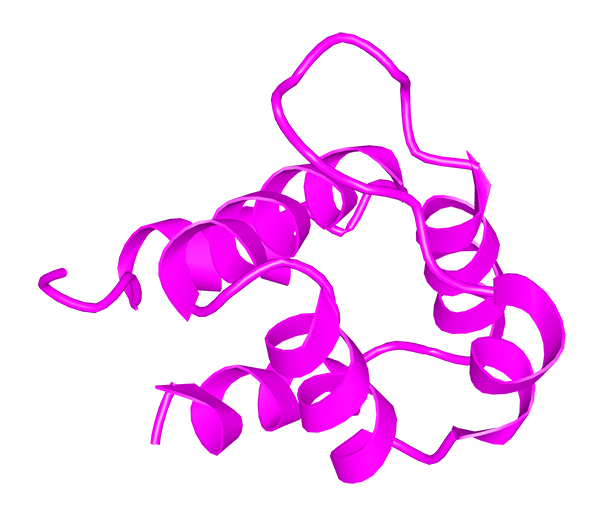Are You CovidMune?™
What is NLRP3?
NLRP3 Inflammasome
Among the inflammasomes,
Its activation in macrophages can be achieved with a plethora of PAMPs, such as
Indeed, in the absence of ATP, macrophages stimulated with LPS produce large quantities of pro-IL-1β, but release little mature cytokine to the medium. ATP and certain bacterial toxins, such as nigericin and maitotoxin, cause a change in the intracellular ion composition leading to the activation of the NLRP3 inflammasome.
The effect of ATP is mediated by the purinergic P2X7 receptor together with pannexin, which causes a rapid potassium efflux from the cytosol upon activation [1].
Crystals of monosodium urate (MSU) and calcium phosphate dihydrate (CPPD) are known to activate caspase-1 in
Crystalline silica and asbestos are known to activate the NLRP3 inflammasome, implicating its role in the pathogenesis of silicosis and asbestosis [3,4,5].
Phagocytosis of crystals leads to lysosomal swelling and damage. The lysosomal perturbation together with the release of cathepsin B, a lysosomal cysteine protease,

[1] Pelegrin P, & Surprenant A., 2007. Pannexin-1 couples to maitotoxin- and nigericin-induced interleukin-1beta release through a dye uptake-independent pathway. J Biol Chem. 282(4):2386-94.
[2] Kanneganti TD, et al., 2007. Pannexin-1-mediated recognition of bacterial molecules activates the cryopyrin inflammasome independent of Toll-like receptor signaling. Immunity. 26(4):433-43.
[3] Martinon F. et al., 2006. Gout-associated uric acid crystals activate the NALP3 inflammasome. Nature. 440(7081):237-41.
[4] Dostert C. et al., 2008. Innate immune activation through Nalp3 inflammasome sensing of asbestos and silica. Science. 320(5876):674-7.
[5] Cassel SL. et al., 2008. The Nalp3 inflammasome is essential for the development of silicosis. Proc Natl Acad Sci U S A. 105(26):9035-40.
[6] Hornung V. et al., 2008. Silica crystals and aluminum salts activate the NALP3 inflammasome through phagosomal destabilization. Nat Immunol. 9(8):847-56.
[7] Eisenbarth SC. et al., 2008. Crucial role for the Nalp3 inflammasome in the immunostimulatory properties of
